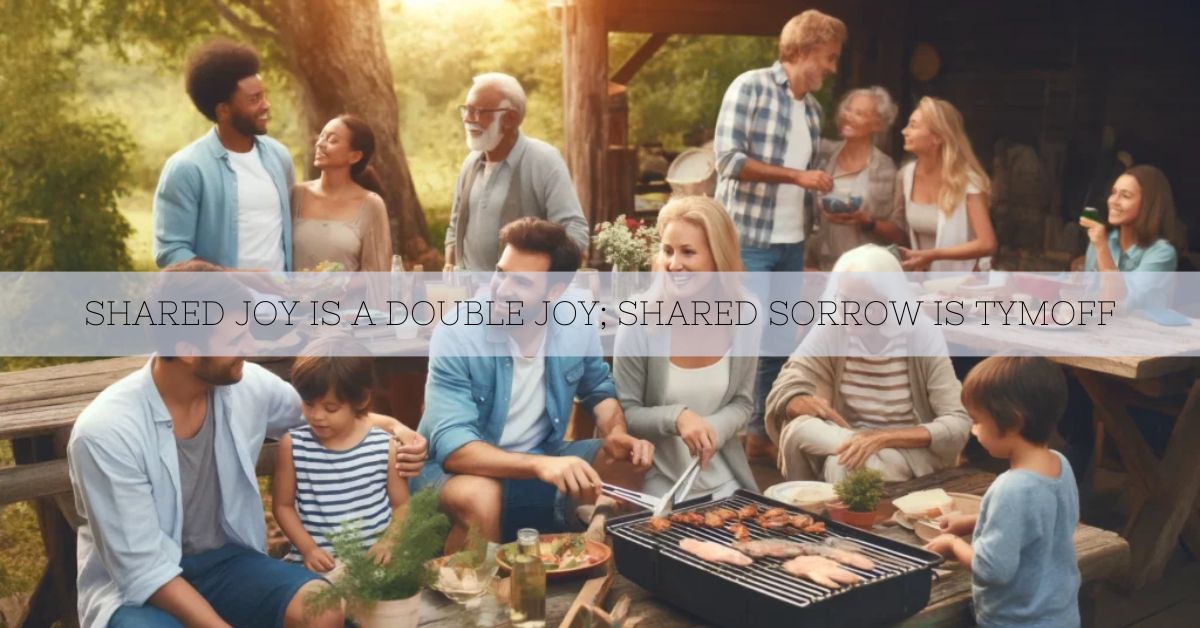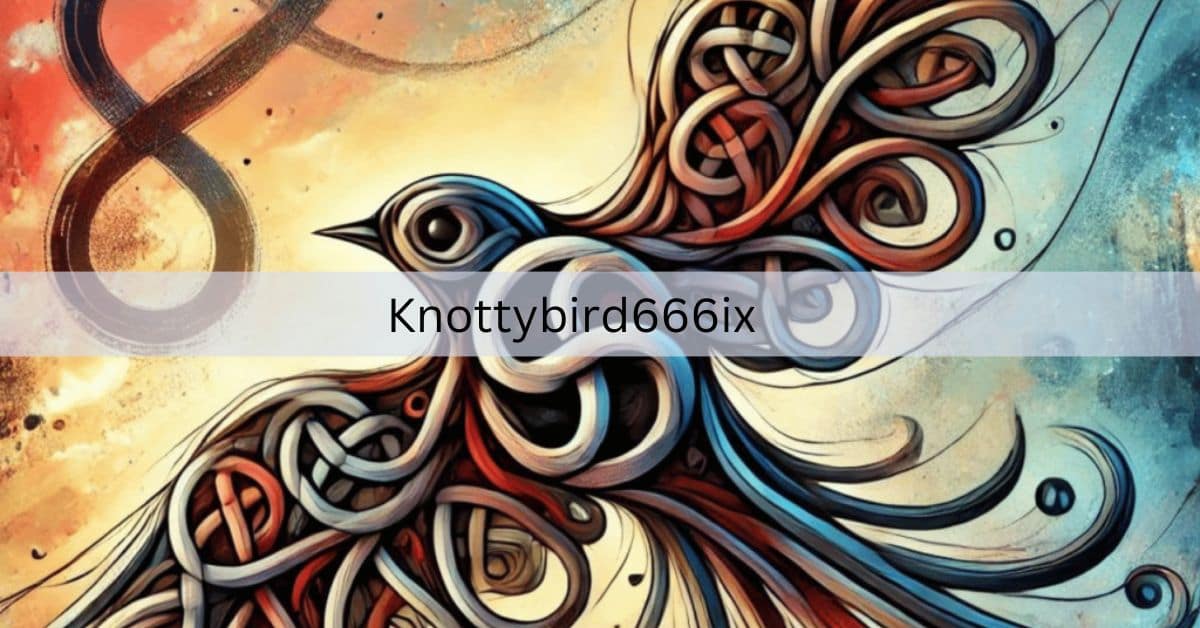Sharing joy has always doubled my happiness, especially during celebrations with friends. When faced with sorrow, talking about my struggles helped me feel less alone. These experiences showed me the true power of connection.
“Shared joy is a double joy; shared sorrow is tymoff” emphasizes the power of connection. Celebrating happiness with others amplifies our joy, while sharing struggles eases our burdens. This balance strengthens our relationships and emotional well-being.
Stay tuned as we discuss “shared joy is a double joy; shared sorrow is tymoff.” We’ll explore how sharing happiness amplifies joy and makes tough times easier. Join us for this insightful conversation!
What does “Shared Joy Is A Double Joy; Shared Sorrow Is Tymoff” mean?
The phrase “Shared Joy Is A Double Joy; Shared Sorrow Is Tymoff” means that when you celebrate happy moments with others, the happiness you feel grows even stronger. For example, when you achieve something great, like getting a promotion or having a birthday party, sharing that moment with friends or family makes it even more special. Their excitement and happiness add to your own, making the joy feel bigger.
In simple terms, happiness is better when it is enjoyed together. When you laugh and have fun with others, you create wonderful memories that last longer. This idea reminds us that connecting with people during happy times can make our lives more joyful and fulfilling.
How can sharing joy with others enhance happiness?
Sharing joy with others can make happiness even greater. When we celebrate happy moments, like birthdays or achievements, having friends or family around makes those times feel more special. Their smiles and laughter add to our own joy, creating a warm and happy atmosphere. It’s like when you have a party; the more people you invite.
Additionally, Shared Joy Is A Double Joy; Shared Sorrow Is Tymoff helps us build stronger connections with others. When we express our happiness, it encourages others to share their joy too. This creates a positive cycle where everyone feels good and supported. By celebrating together, we make memories that we can look back on fondly, which brings even more happiness in the future.
What are some examples of shared joy in different cultures?
- Holidays and Festivals: Many cultures celebrate holidays with gatherings and festivities. For instance, Diwali in India is a festival of lights where families come together to decorate their homes, share sweets, and enjoy fireworks. Similarly, Christmas around the world involves family reunions, gift-giving, and festive meals, creating a joyful atmosphere.
- Community Events: Local festivals or fairs, such as Mardi Gras in New Orleans, celebrate joy with parades, music, and vibrant costumes. These events bring people together to enjoy festivities and create a sense of belonging within the community.
- Sporting Events: Sports bring people together to share joy and excitement. Events like the FIFA World Cup or the Olympics see fans from different cultures uniting to cheer for their teams. The collective energy and celebrations during these events create a sense of shared happiness.
- Culinary Traditions: Food often plays a significant role in sharing joy. In many cultures, preparing and sharing traditional meals brings families and friends together. For example, during Thanksgiving in the United States, families gather to share a feast, expressing gratitude and joy in each other’s company.
- Rites of Passage: Celebrations like graduations or birthdays often involve family and friends gathering to honor achievements. In many cultures, these events include ceremonies or parties where loved ones share in the joy of milestones, strengthening their bonds.
How can I encourage others to share their joys and sorrows?
To encourage others to share their joys and sorrows, start by creating a friendly and safe space for open conversations. You can do this by being a good listener. When someone shares something happy or sad, show that you care by listening without judging. Ask simple questions to help them express their feelings. This way, they will feel comfortable sharing more with you.
Another way to encourage sharing is by being open about your own feelings. When you talk about your joys, like achievements or happy moments, it invites others to do the same. Similarly, when you share your struggles, it shows that it’s okay to talk about difficult things. By leading by example, you create an atmosphere where everyone feels free to share their experiences, making connections stronger and more meaningful.
What impact does sharing joy and sorrow have on mental health?
- Validation of Feelings: When we share our joys and sorrows, it often leads to validation of our feelings. Knowing that others understand what we’re going through can reduce feelings of shame or guilt and encourage a more positive self-image.
- Reduction of Stress: Sharing both joy and sorrow can lower stress levels. Celebrating together brings excitement and laughter, while expressing sadness can release pent-up emotions. Both actions help manage stress and contribute to overall emotional balance.
- Encouragement of Positive Behaviors: When we share our joys, it can inspire others to pursue their happiness and achievements. Likewise, sharing struggles can motivate people to seek help or engage in self-care practices, promoting a healthier mindset.
- Community Support: Sharing experiences fosters a sense of community. When people come together to celebrate or support one another, it creates a network of care that can significantly improve individual mental health and well-being.
How does community support play a role in coping with sorrow?
Community support is very important when coping with sorrow. When people are going through tough times, having friends, family, or neighbors who care can make a big difference. These supportive people can listen, offer comfort, and help share the burden of sadness. Just talking about what you’re feeling with someone who understands can lighten your emotional load and make you feel less alone.
Additionally, being part of a community gives you a sense of belonging. Activities like support groups, community events, or even just spending time with others can help you feel connected and valued. This connection can bring comfort during hard times and remind you that you have people around you who care. Knowing that you’re not alone in your struggles can make it easier to cope with sorrow and start to heal.
FAQs:
How can I create a safe space for sharing emotions?
To create a safe space for sharing emotions, practice active listening and show empathy. Encourage open conversations by being non-judgmental and supportive, which will make others feel comfortable expressing their feelings.
What are some ways to share joy with friends?
You can share joy with friends by celebrating achievements together, planning fun outings, or simply expressing happiness during conversations. Sharing experiences and positive moments helps strengthen your bond and enhances overall happiness.
How can sharing sorrow help in healing?
Sharing sorrow can be healing because it allows you to express your feelings and receive support from others. Talking about difficult experiences can reduce feelings of isolation and help you process your emotions more effectively.
What are the benefits of community support?
Community support offers a sense of belonging and connection, which can improve mental health. It provides a network of people who can offer emotional support, share experiences, and help you cope with life’s challenges.
How can I encourage my friends to share their feelings?
You can encourage your friends to share their feelings by being open about your own emotions and actively listening when they speak. Creating a relaxed environment for conversation will make them feel comfortable sharing their joys and sorrows.
Conclusion:
Sharing joy and sorrow significantly impacts our emotional health and relationships. Celebrating happy moments together amplifies our joy, creating cherished memories that strengthen our bonds. On the other hand, talking about our struggles helps us feel supported and understood, reducing feelings of isolation.
Encouraging open communication fosters a sense of community, making it easier for everyone to cope with life’s ups and downs. By embracing both joy and sorrow, we enrich our lives and build deeper connections with those we care about.
Read more:



